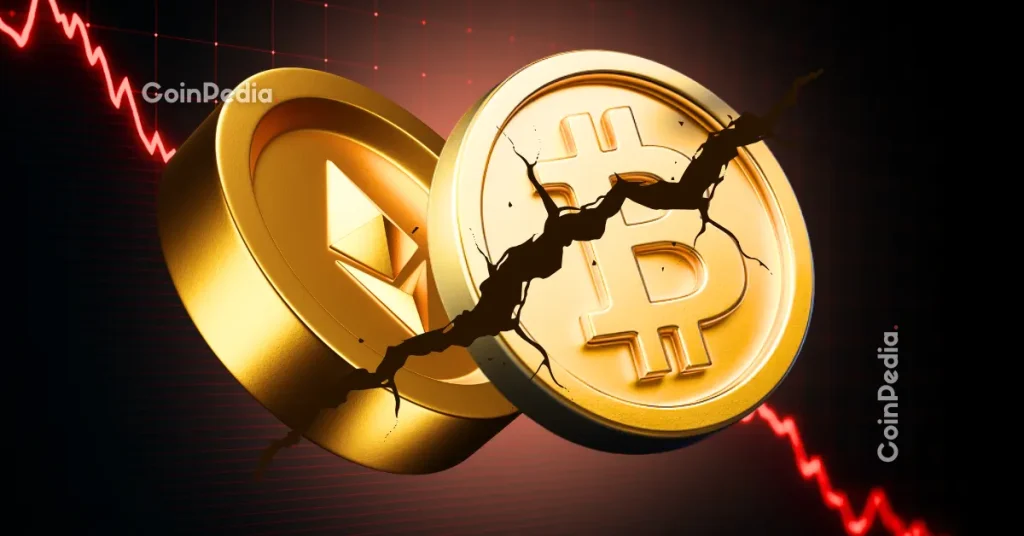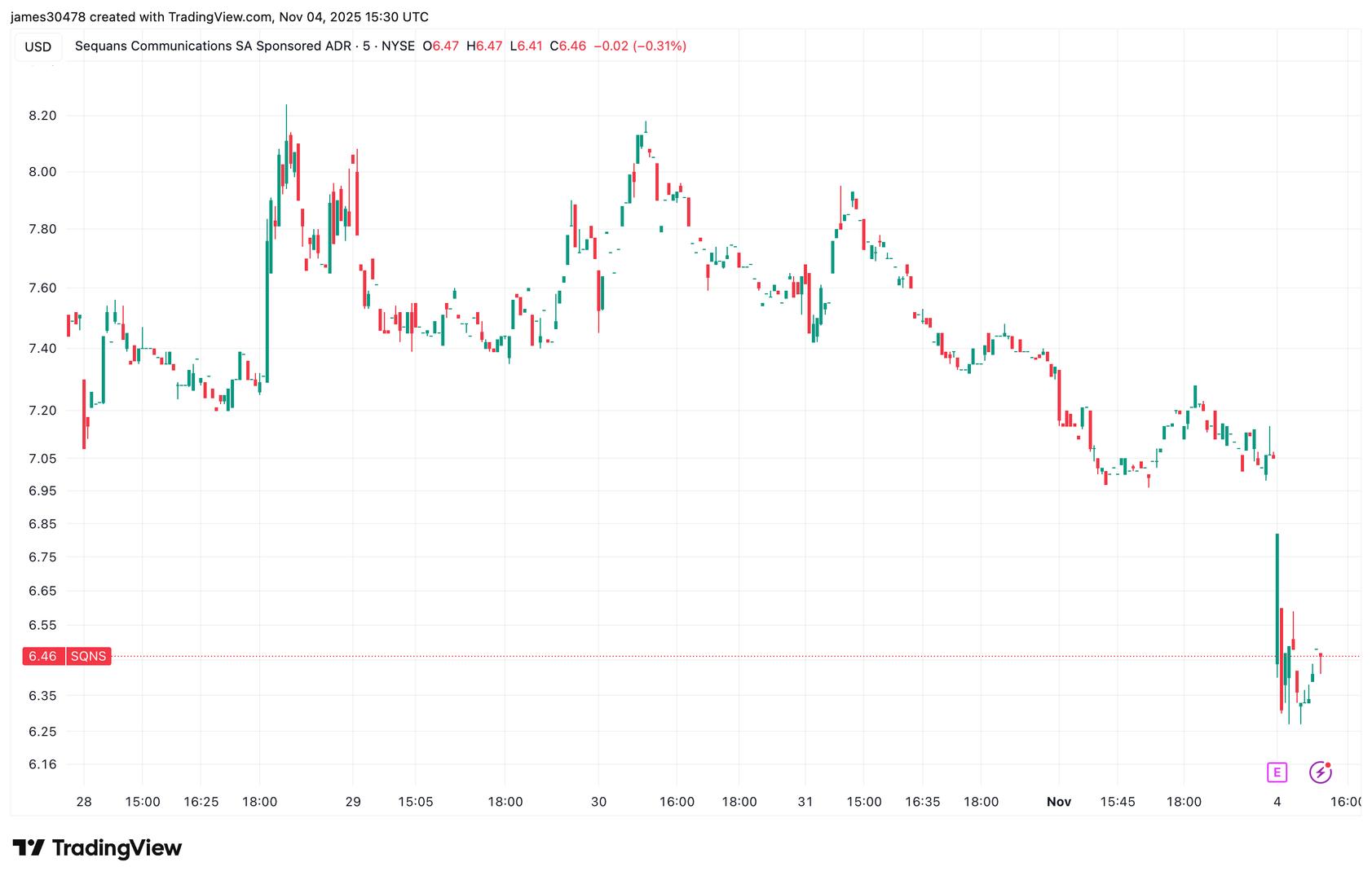
This article covers trading activities, analyzes the various causes of Ethereum price changes, and provides a holistic overview with insights from both the spot and futures frameworks of the market.
Ethereum remains o ne of the most actively traded digital assets, with global daily trading volumes typically exceeding USD 10 billion. As of early November 5th 2025, the ethereum price usd stands at around $3264, with increasing daily volume – reflecting both renewed investor confidence and continued market volatility. Although the network continues to broaden its uses in decentralized finance and the deployment of smart contracts, Ethereum nonetheless remains sensitive to changes in the general market and the prevailing liquidity conditions.
Today we will aim to assess prevailing trading patterns, analyze the determinants of Ethereum’s value and provide perspectives on on-chain activities in addition to market developments that shape global investor sentiments.
Trends in Ethereum Trading
In recent months, Ethereum’s trading scene has seen a blend of instability and accompanying stagnation periods. The surge in both retail and institutional trading in November 2025 has contributed to daily transaction volumes of over 20 million ETH ($3,326.37) as captured in exchange data. Centralized exchange liquidity, and also lending, staking, and liquidity provisioning on decentralized finance platforms, shape liquidity on a more granular level and determine the direction of price movement in the short term.
Ethereum trading evolution over time has shown that periods of sudden price change are usually accompanied by spikes in network activity. A recent example occurred in early August 2025, when a surge in new smart-contract deployments coincided with a noticeable uptick in volatility.
Market data shows that those deployments correlated with a 4.7 percent ETH price swing over three days. Yet, sharp price shifts are usually corrected by ETH being withdrawn from the exchange wallet, as they serve as a source of temporary downward pressure. This showcases the dominance and importance of liquidity flows in Ethereum trading.
Roughly 60 percent of daily ETH volume is transacted via the top 20 exchanges, according to Binance and other trackers, with the remainder dispersed across smaller venues, leading to fragmentation that can magnify volatility.
These features highlight the degree to which trading in Ethereum is still responsive to changes in the volume of supply and demand from a wide range of actors.
Factors Influencing Ethereum Value
There are many things that determine Ethereum’s market value. New technologies, changes in laws, the state of the economy, and the attitude of the investors are all significant. Ethereum 2.0’s ongoing migration, which includes proof-of-stake validation, has changed the supply, staking rewards, and overall participation in the network, which, in turn, has impacted Ethereum market prices.
Economic conditions also affect the behavior of investors. These include changes in interest rates, inflation, and other parameters. They can change the risk appetite in the crypto space, and as a result, Ethereum’s trading scene as well.
Another important factor is the expanding role of decentralized finance and layer-2 scaling solutions built on Ethereum. Protocols handling lending, borrowing, and liquidity provisioning contribute to higher transaction volumes and can create new demand for ETH as collateral. Layer-2 networks, meanwhile, are easing congestion and lowering costs, making Ethereum more accessible for both retail and institutions.
On-chain metrics give more evidence: the network noted around 1.1 million unique active addresses in early September, 2025, a 6% increase in the preceding month, as per blockchain analysis tools, demonstrating growing interest and participation.
Also, the participation from the institutional side has been significant. As per crypto wallet tracker, large-scale Ethereum holders, ‘whales’ as they are known, have cumulatively increased their holdings by more than 1000 ETH, accumulating 2.3% over the last quarter.
Insights from Investor Behavior and On-Chain Activity
Investor activity on the Ethereum blockchain has continued to grow, reflected in rising on-chain transactions and network engagement. Blockchain analytics reports, which track metrics such as gas fees serve as a key signal of market activity. Gas fees highlight how actively Ethereum’s core network is being used and provide brokerage firms and analysts with valuable insights into transaction demand and user behavior.
According to Binance data, ETH wallet-to-wallet transfers have remained relatively stable, averaging about 800,000 transactions per day. While short-term spikes in transfers may occasionally align with brief price changes, Ethereum’s long-term value is driven by both transactional value and speculative interest.
As the Ethereum trading scene sees regular changes due to various factors, investors aim to keep up with the developments using different techniques. On-chain monitoring allows them to analyze how sentiment, adoption, and overall network health interact, offering a more comprehensive view of Ethereum’s trading ecosystem and its growth trajectory.

























 24h Most Popular
24h Most Popular








 Utilities
Utilities